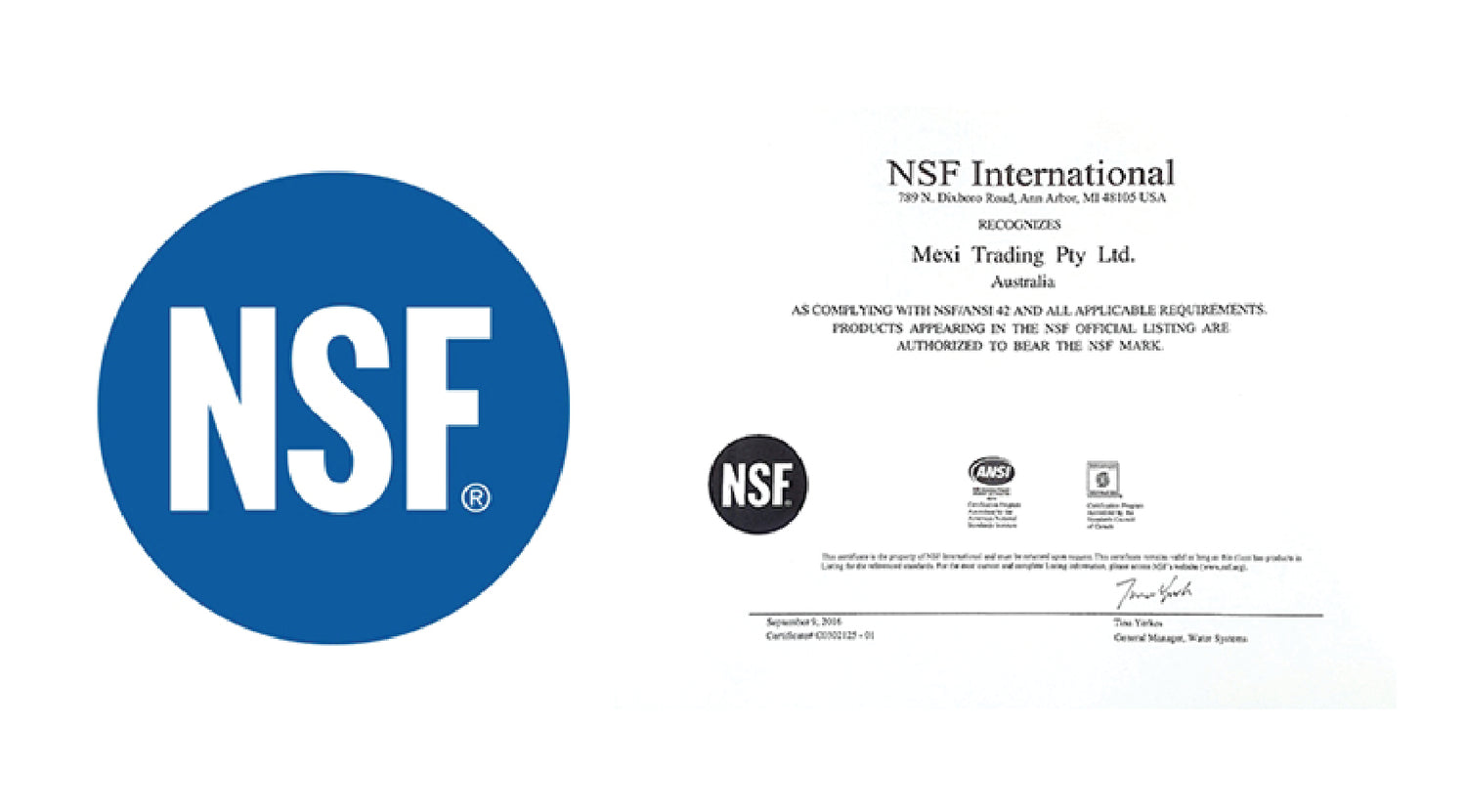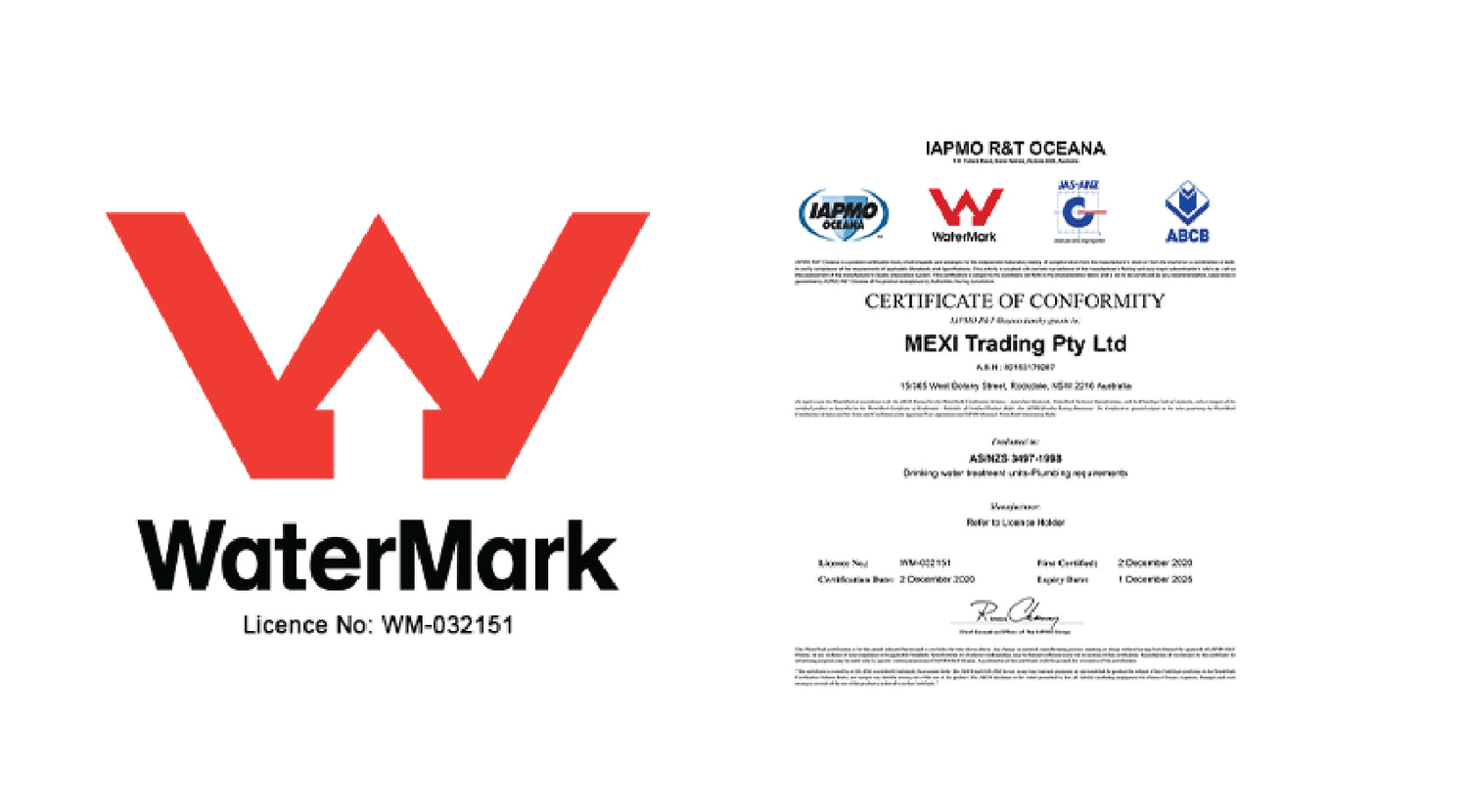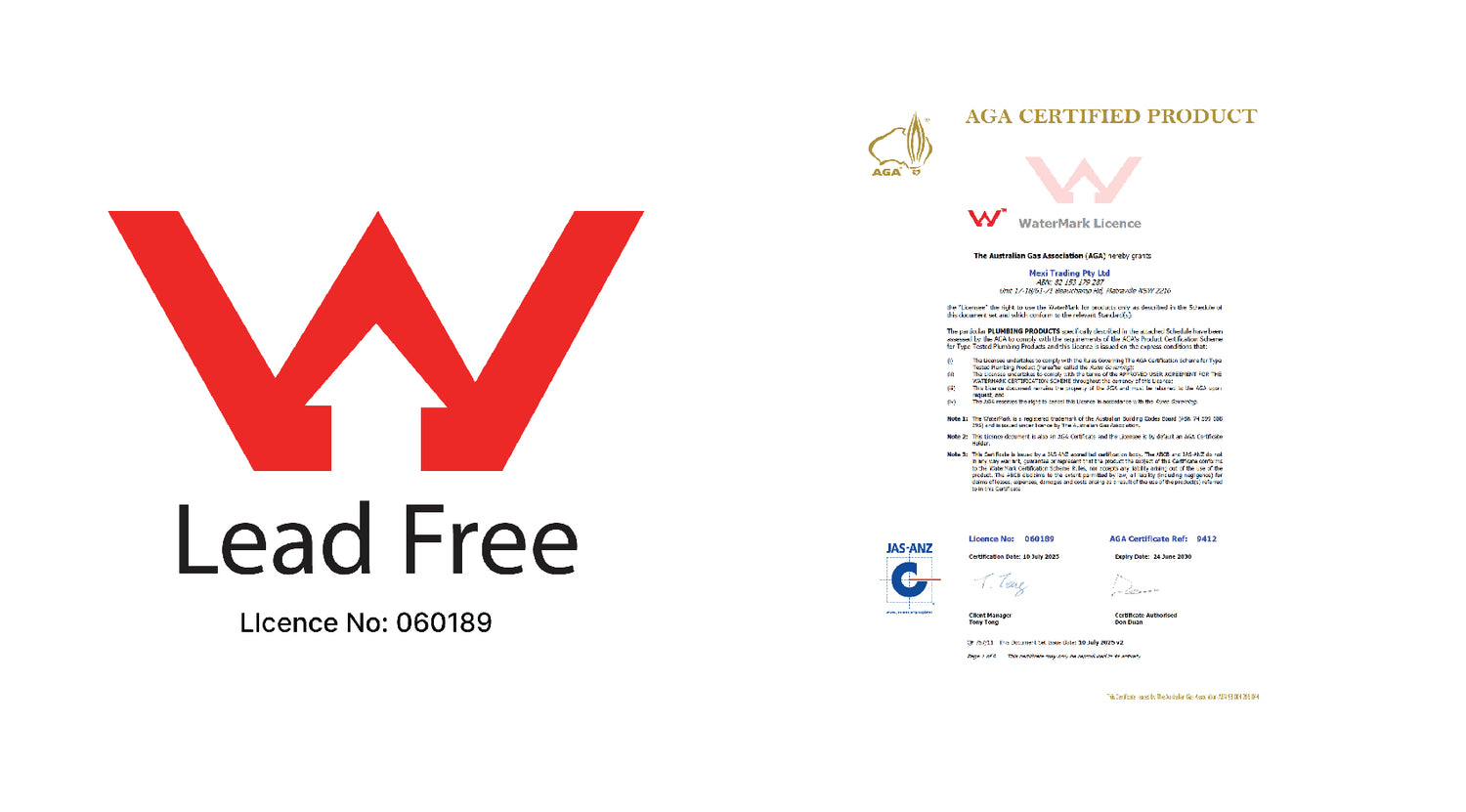How Important Are Water Filters?
Living in a world with contaminants and pollutants means no one is entirely insulated from environmental effects. Even in technologically advanced countries like Australia, pollutants can enter the water supply. Choosing the right water filter can contribute to your wellbeing and safety.
Water filters are a smart investment because of the many advantages they provide—they’re increasingly a necessity, not a luxury.
✔️ Key Benefits
1) Free your water from chemical contaminants
With today’s wide range of filters, you can choose a solution that fits your local water conditions. Many filters are engineered to reduce a broad spectrum of contaminants and tailored to common issues in specific areas. There is growing evidence that some water supplies can contain unwanted chemicals and pollutants—water-borne illnesses are a concern, and filters are a practical way to address them.
2) Protect you and your family
Municipal water can carry pollutants such as chlorine, rust, sediment, traces of pharmaceuticals, and other impurities. Installing a water filter system helps reduce exposure to these and may lower the risk of infection by minimizing pollutants.
3) Promote health and wellbeing
Water—along with air—is essential to life. Keeping it free from contaminants is important not only for drinking, but also for cooking and bathing. A high-quality water filter system supports better daily water use across the home.
✔️ How Filters Work
Filters use a medium that traps, adsorbs, or modifies pollutants as water passes through.
- Some media physically strain particles (like an ultrafine sieve).
- Others adsorb contaminants into microscopic pores within the medium.
- Filter Ratings & Microns
Filter ratings indicate the particle size a filter will (or will not) remove. They are measured in micrometres (microns, μm).
- Human hair ≈ 70 μm
- Cryptosporidium oocyst ≈ 4–6 μm
- Giardia cyst ≈ 8–12 μm
Two common rating types:
- Nominal – an estimated reduction level. Example: a 5 μm nominal filter is designed to trap about 95% of particles ≥5 μm.
- Absolute – a certified reduction, typically 99.9%. Example: a 5 μm absolute filter will remove 99.9% of particles ≥5 μm.
✔️ Types of Filters
- Sediment (Particulate) Filters
Fine sieves that reduce dirt, rust, sand, and other particles. Often used as pre-filters to protect and extend the life of downstream purifiers (they clog more slowly when sediment is captured first).
Ratings: coarse → fine (choose by need)
Media: wound string, rigid foam (polyspun), or pleated film
Placement: usually under-sink
Typical life: 6–12 months (depends on water quality)
- Activated Carbon Filters
Excellent for improving taste, colour, and odour, and for reducing chlorine by-products, pesticides, herbicides, and other organic/industrial chemicals.
Media sources: coal, coconut, lignite, wood (activated at high temperature, no oxygen) → millions of pores, vast surface area
Forms: granular (GAC) and block
Tip: keep upstream sediment filtration to prevent premature clogging
Maintenance: replace cartridges before expiry for best performance
- Ceramic Filters
Effective against bacteria, parasites, and sediment. Some models filter down to 0.9 μm absolute. Many have a scrubbable ceramic shell (soft brush/scotch-brite) for maintenance and can act as a pre-filter instead of string-wound/polyspun/pleated types. Some ceramic filters include an activated carbon core to boost taste/odour reduction.
- Reverse Osmosis (RO) Purifiers
RO uses mains pressure to push water through an ultrafine semi-permeable membrane that allows water molecules through while rejecting most contaminants. The membrane works like an extremely fine mechanical filter—screening particulate matter, microorganisms, asbestos, and many heavier organic compounds.
Typical RO setup (4 stages + tank):
- Sediment → 2) Carbon block → 3) RO membrane → 4) Post carbon (polish)
Removes: turbidity, sediment, colloids, TDS (dissolved solids), toxic metals, some radioactive elements, pesticides, herbicides
Energy: driven by mains water pressure (no electricity for the membrane itself)
Flow: product water is made slowly → most under-sink systems use a pressurised storage tank and dedicated faucet (or a 3-way mixer). Counter-top versions connect to a standard faucet (no tank) for rentals/travel.
Output & Maintenance
Typical household output: up to ~200 L/day (varies by inlet pressure & membrane capacity). Domestic RO systems discharge “flush” water to carry away rejected contaminants; actual volumes vary by system and conditions.
Cartridges: sediment & carbon every 6–12 months; membrane every 3–5 years (follow manufacturer guidance).
✔️ Authenticity, Sourcing & Certification
- No fakes, no grey imports. We supply genuine branded filters and compatible filters from audited, legitimate manufacturers only.
- Transparent sourcing. Our replacement filters are made in Australia, the USA, or South Korea; where produced elsewhere, they are independently tested to stringent NSF performance standards.
- Certifications you can verify. Where applicable, products carry NSF and WaterMark certifications. Certification marks and model numbers match packaging and are verifiable with the issuing bodies.
- Country of manufacture shown. Each product page clearly states the country of manufacture in the Description tab.
- Counterfeit awareness. The market does contain fake filters. We openly address this by publishing origin details, certification info, and batch identifiers where provided. If something seems off, contact us—we investigate and replace/credit according to our policy.
✔️ Practical Tips
- Match the filter type to your target contaminants and local water conditions.
- Use a sediment pre-filter to protect carbon/RO stages and extend service life.
- Replace on schedule—change cartridges before end-of-life for consistent performance.
- Consider professional installation where required by local codes/regulations.
Reference
John Archer (1998). Sydney On Tap. Australia: Pure Water Press. pp. 74–80.
About Our Certifications

NSF International
Mexi Trading Pty Ltd.
Australia
AS COMPLYING WITH NSF/ANSI 42 AND LL APPLICABLE REQUIREMENTS.PRODUCTS APPEARING IN THE NSF OFFICIAL LISTING ARE AUTHORIZED TO BEAR THE NSF MARK.

WaterMark
Mexi Trading Pty Ltd.
Australia
EVALUATED TO AS/NZS 3497-1998. DRINKING WATER TREATMENT UNITS - PLUMBING REQUIREMENTS

Certified for Australian Plumbing Standards
- Licence Holder: Mexi Trading Pty Ltd
- WaterMark Licence No.: 060189
- AGA Certificate Ref: 9412
- Certification Date: 10 July 2025
- Expiry Date: 24 June 2030
Our water filter products are certified by the Australian Gas Association (AGA) under the WaterMark Licence Scheme, ensuring they meet strict Australian plumbing and water safety standards.
This certification confirms that our filters comply with the WaterMark Certification Scheme for Type Tested Plumbing Products and meet the Australian Building Codes Board requirements.
This certificate is issued by JAS-ANZ and AGA and demonstrates our commitment to providing safe, high-quality water filtration products for your home.
